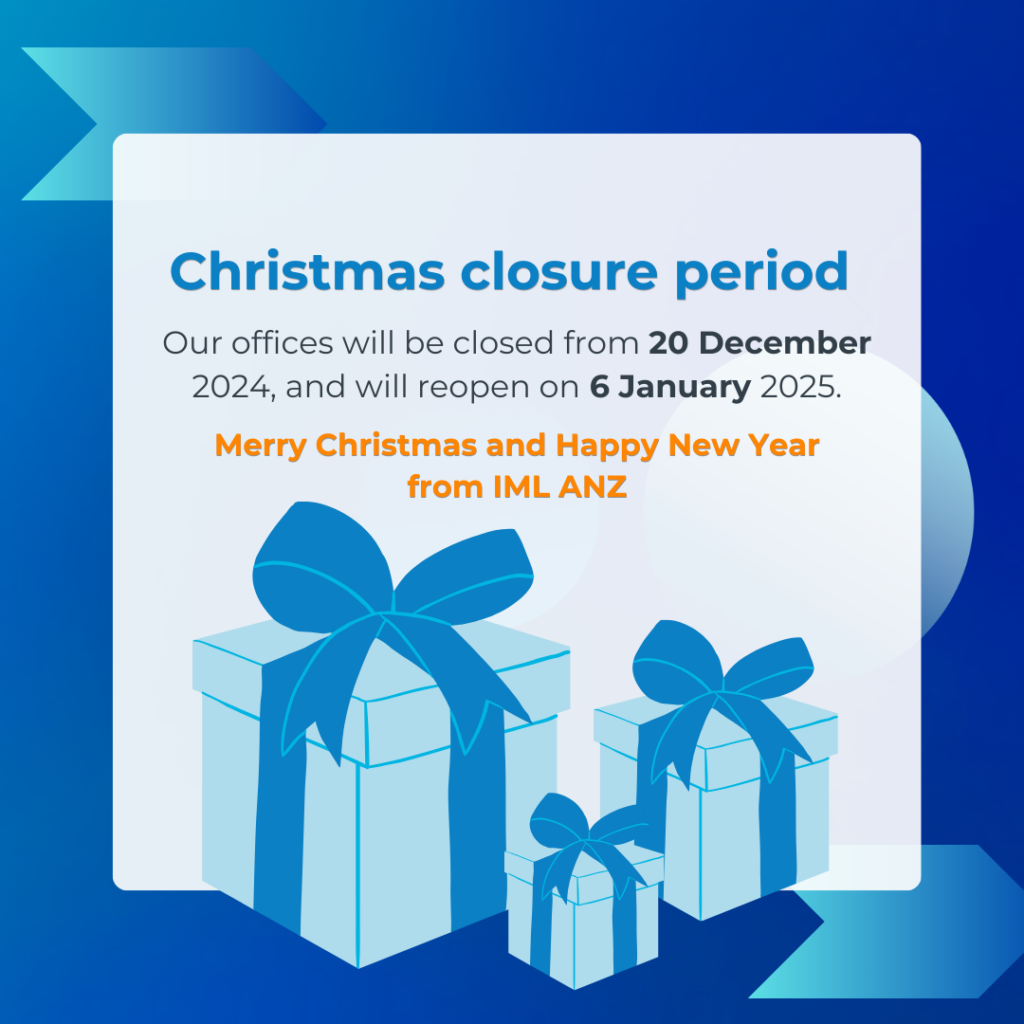How to motivate with less. By Candice Chung
When companies experience a squeeze on budgets, managers often face the legitimate fear that it can dampen staff morale. What happens, for instance, when a lean fiscal year brings with it an ineluctable freeze on pay rises and bonuses?
It’s a tough piece of news to break to top performers. But here’s the silver lining: when it comes to motivating staff, money isn’t the all-powerful magic bullet we believe it to be. In fact, research shows financial rewards do not strictly translate to a rise in employee productivity or morale. According to a 2013 study, the $62.56 billion spent on performance bonuses across the UK per year had “no impact on the motivation and commitment levels of the vast majority of recipients”.
So what causes the bonus paradox? Daniel Pink, the bestselling author of Drive: The Surprising Truth About What Motivates Us, argues that once our basic financial needs are met, most workers are driven by a sense of purpose in their work more so than pure profit. What’s more, once the level of work surpasses menial tasks, and “conceptual, creative thinking” is involved, monetary incentives can actually lead to poorer performances. Instead, what drives people through good times and bad are what Pink refers to as ‘intrinsic motivators’.
“We all have fundamental human needs that cannot be met by money. When these important human needs are met, we thrive,” says Michelle Bihary, applied neuroscientist and workplace resilience expert.
Drawing on Pink’s research, Bihary states there are four things most of us seek from work: autonomy (not being micro-managed), mastery (skill development opportunities), meaning (a sense of purpose aligned to personal values), and social connectedness (a sense of belonging).
“If a workplace helps to meet these needs, it will have thriving employees — making it easier to retain top talent,” says Bihary.
The good news is that companies can seek to fulfil those core needs in spite of financial downturns. Kelly Quirk, CEO of Harrier Human Capital, calls this the ‘total rewards’ approach.
“Many workers in corporate environments will feel more motivated and productive if they have a say in how they do their jobs”
– Kelly Quirk, CEO Harrier Human Capital
“Non-financial rewards are increasingly important as wage growth remains stagnant. Despite averaging 4 percent a year from the mid-1990s to 2013, wage growth has now dropped below 2 percent,” says Quirk.
Flexible work arrangement can be a powerful way to incentivise staff. “Trust is a huge factor in motivating others to perform well, and this can come through in the empowerment of employees to make decisions and work flexibly,” says Quirk.
“Whether it’s working from home one day a week, being able to take a longer lunch to go to the gym in return for starting earlier, or otherwise not being bound by traditional working hours, many workers in corporate environments will feel more motivated and productive if they have a say in how they do their jobs.”
Other effective motivators may include value-based incentives. In other words, programs that support diversity and inclusion, learning opportunities or personal development that recognise workers as well-rounded individuals, with interests and priorities outside of work.
Digital Web Agency Sitback Solutions has long championed the idea of personalising rewards to keep employees engaged. Voted one of the Best Places to Work in Australia third year in running, the company has successfully launched a number of non-financial initiatives that have resulted in a highly motivated and committed workforce.
“We base everything on values and make sure that any incentives are personal and authentic….[It could be anything from] free healthy snacks, flexible working hours, support around family or pet commitments,” says Careen Redman, head of People and Culture at Sitback.
“A reward doesn’t have to have a tangible cost attached if it’s valuable to an individual’s wellbeing.”










